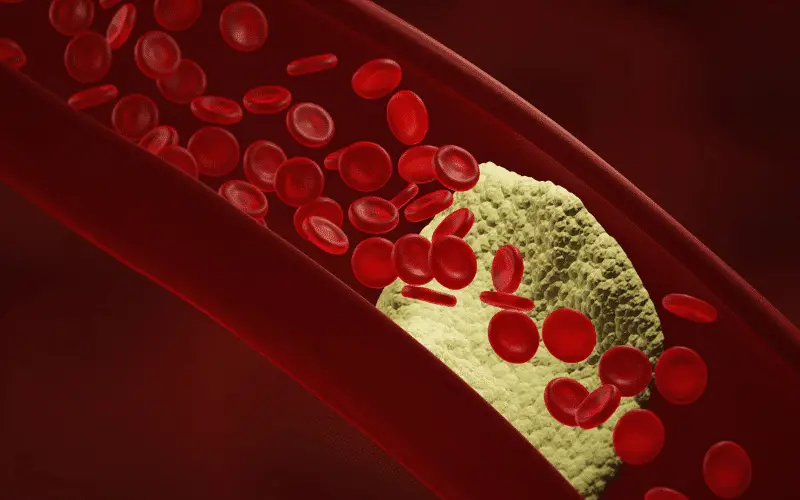Disease 2: Atherosclerosis

Atherosclerosis is a progressive condition in which plaque, consisting of fat, cholesterol, calcium, and other substances, builds up inside the walls of the arteries. This buildup can cause the arteries to narrow and harden, restricting blood flow and potentially leading to various health complications, including heart attack, stroke, and peripheral artery disease.
The exact cause of atherosclerosis is not fully understood, but several factors contribute to its development, including genetics, smoking, high blood pressure, high cholesterol, diabetes, obesity, and a sedentary lifestyle. Atherosclerosis can affect any artery in the body, and symptoms will depend on which arteries are impacted.
In some cases, atherosclerosis may not cause any symptoms until the artery is significantly narrowed or blocked. In other cases, symptoms may include chest pain, shortness of breath, leg pain during walking, or even stroke-like symptoms. Treatment for atherosclerosis includes lifestyle changes, such as quitting smoking, eating a heart-healthy diet, exercising regularly, and managing underlying health conditions like diabetes and high blood pressure. Medications and medical procedures may also be necessary to manage symptoms and prevent complications. (2)